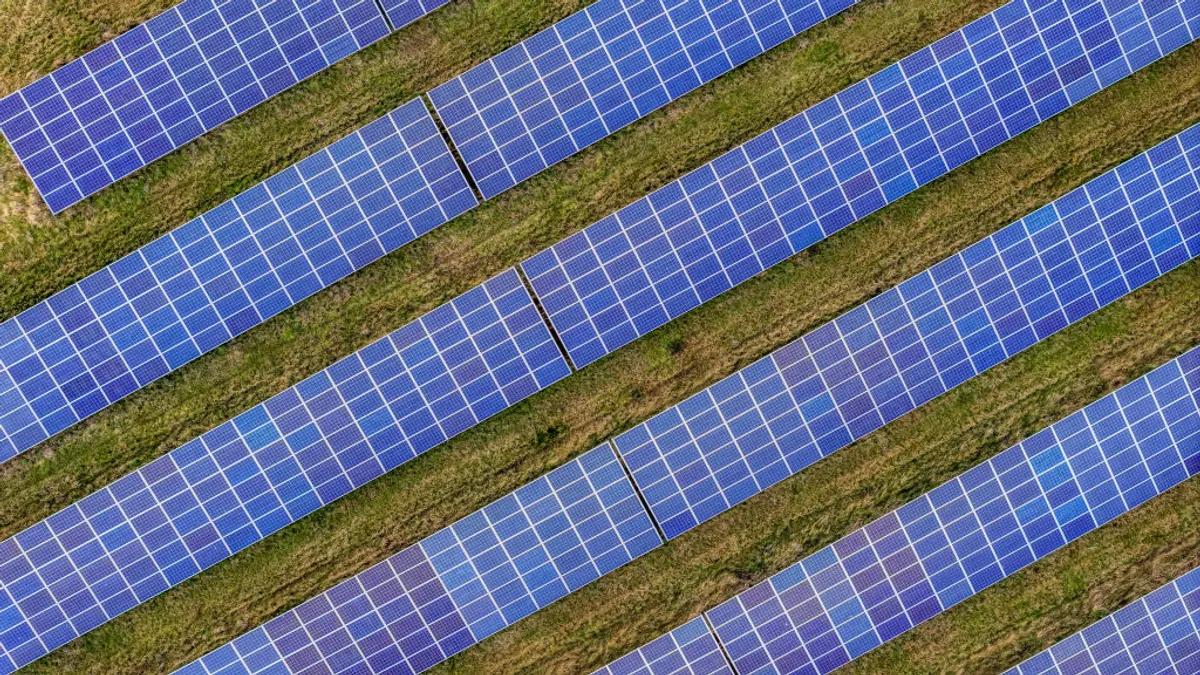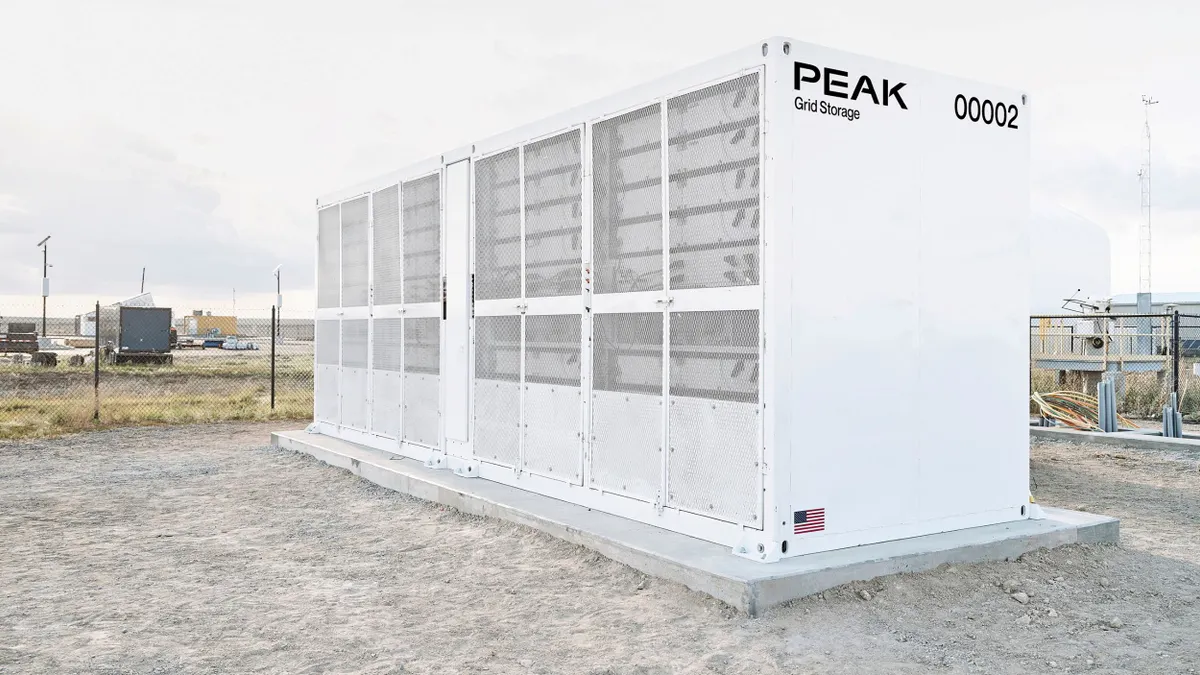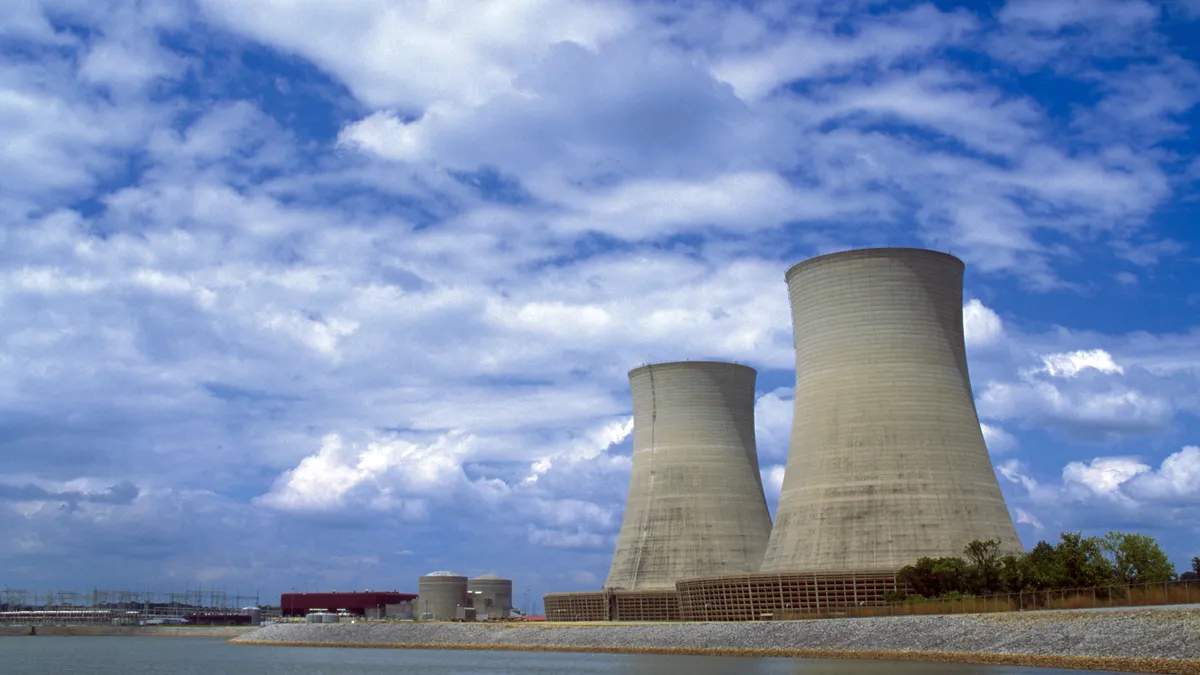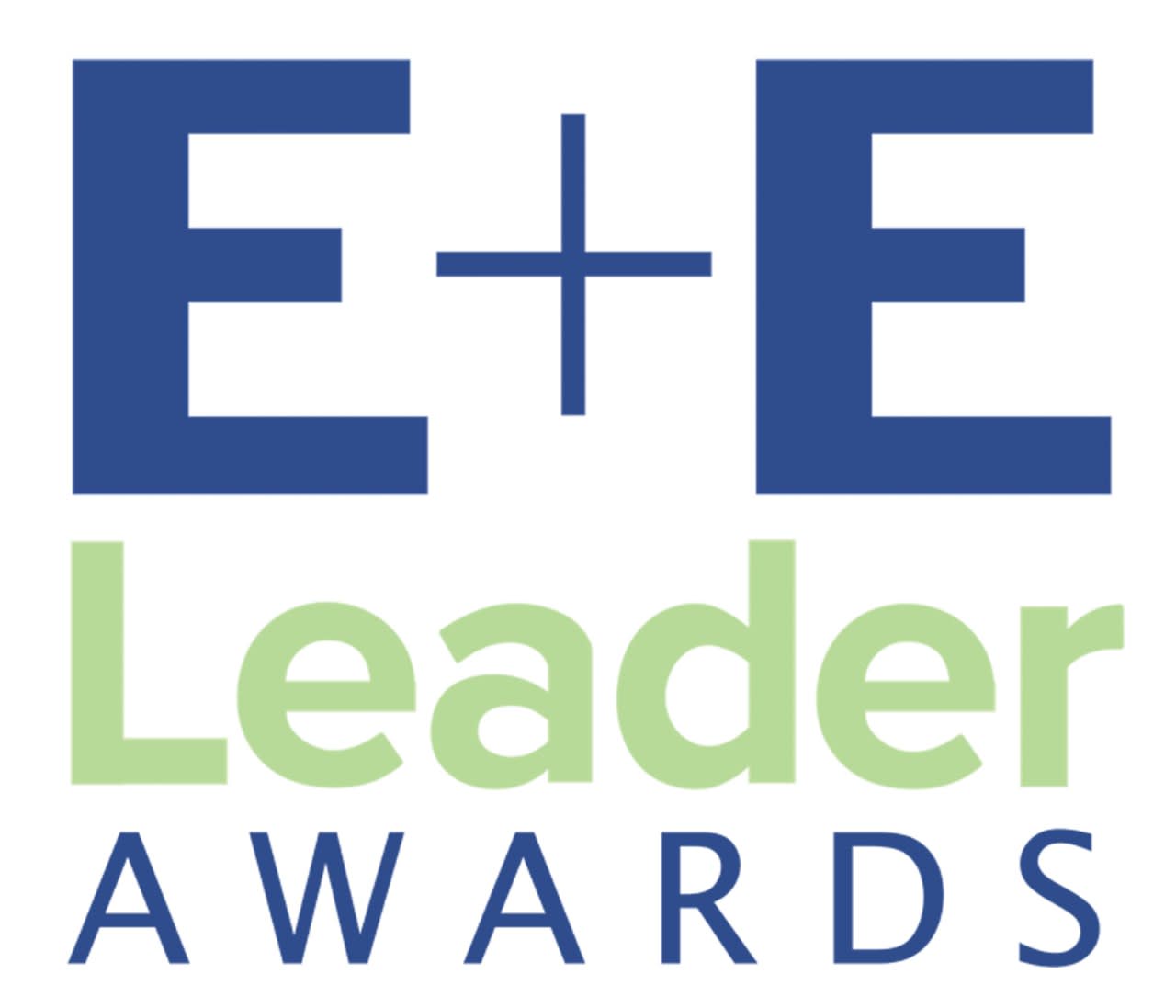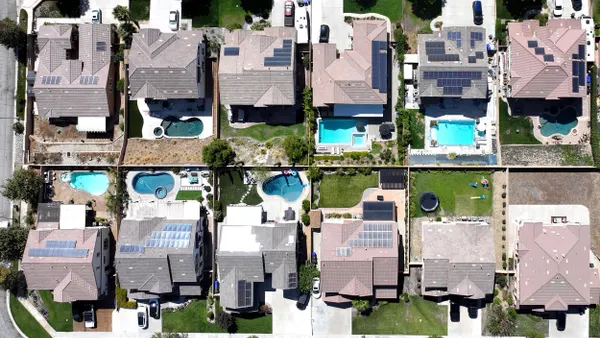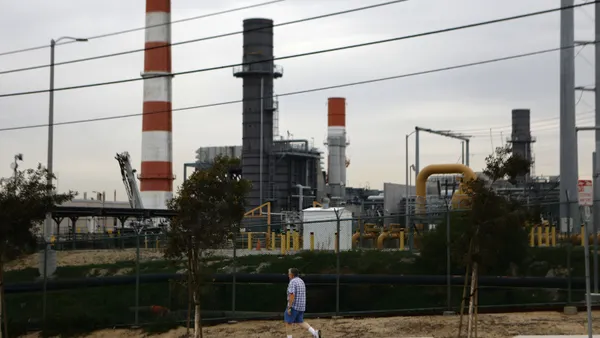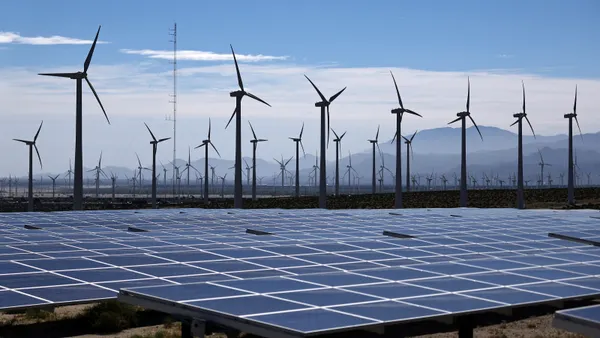Dive Brief:
- Utilities are set to accelerate the development of their renewable energy projects in order to qualify for Inflation Reduction Act tax credits within the new one-year safe harbor period set by the Republican megabill that passed earlier this month, according to a July 10 report from investment bank Jefferies.
- Jefferies anticipates utilities “with renewables-heavy plans” – like Xcel Energy, WEC Energy Group, CMS Energy, and Ameren – “to accelerate projects originally slated for 2030–31 into 2027–28 … While affordability concerns linger, we believe investors are too focused on potential capital pullbacks and not enough on who’s actually accelerating spend.”
- “The provisions of the new law provide a sufficient path for us to continue delivering new, affordable, clean energy to our customers through the end of the decade,” said Theo Keith, a senior media relations representative at Xcel Energy. “Our well-established planning process ensures we can manage policy changes while working to meet our states’ energy goals and keeping bills as low as possible for our customers.”
Dive Insight:
“Meeting the unprecedented demand for energy in the U.S. to support our growing economy will require a wide range of energy sources and strengthened infrastructure,” Keith said. “While we supported a longer-term phase-down of the wind and solar tax credits, we recognize that budgets require compromise … we remain focused on an ‘all-of-the-above’ approach for the energy we provide.”
The Republican budget megabill, which President Donald Trump signed into law July 4, stipulates that wind and solar projects must start construction within a year of the law’s enactment to qualify for the IRA’s clean electricity production and investment tax credits, or be subjected to an end of 2027 “placed in service” deadline to be eligible.
As part of a reported deal with the Freedom Caucus, Trump also issued an executive order July 7 instructing the Secretary of the Treasury to publish guidance within 45 days “to ensure that policies concerning the ‘beginning of construction’ are not circumvented” by wind and solar projects that saw their eligibility for the 45Y and 48E clean energy tax credits slashed by budget legislation signed into law on July 4.
“There is existing IRS guidance but the question is what the Freedom Caucus deal with the Administration entailed,” Jefferies said in a July 7 report. “The focus could be to prevent stockpiling and constraining the safe harbor window. Technical but adds uncertainty in the sector in our view … This adds a renewed sense of scrutiny where many had thought the resolution of OBBBA could provide an opportunity to ‘get back to business’.”
Jefferies noted that Rep. Ralph Norman, R-S.C., a member of the House Financial Services Committee and Freedom Caucus, said Trump promised to “make sure that [wind and solar developers are] doing what they say when they say they’ve started construction.”
Brendan Conway, director of media relations at WEC Energy, said, “we are focused on executing our current capital plan, which includes projects pending regulatory approval. We will continue to work with regulators, lawmakers and other stakeholders to ensure our customers have the safe and reliable energy they depend on.”
CMS Energy Director of Media Relations Katie Carey said the company – which owns the utility Consumers Energy and the clean energy development firm NorthStar Clean Energy – is “still reviewing the act and determining its impact on our long-term strategy.”
Jefferies said it anticipates that “companies are likely to scramble to ensure their projects are as safe harbored as possible with meaningful quantums of renewed equipment orders likely in the next quarter. Recall most of the safe harbor application had been achieved through orders of equipment to meet the goal post of 5% spend. The question is just how much will get done in [the] ’27-’30 period?”



